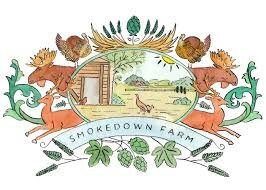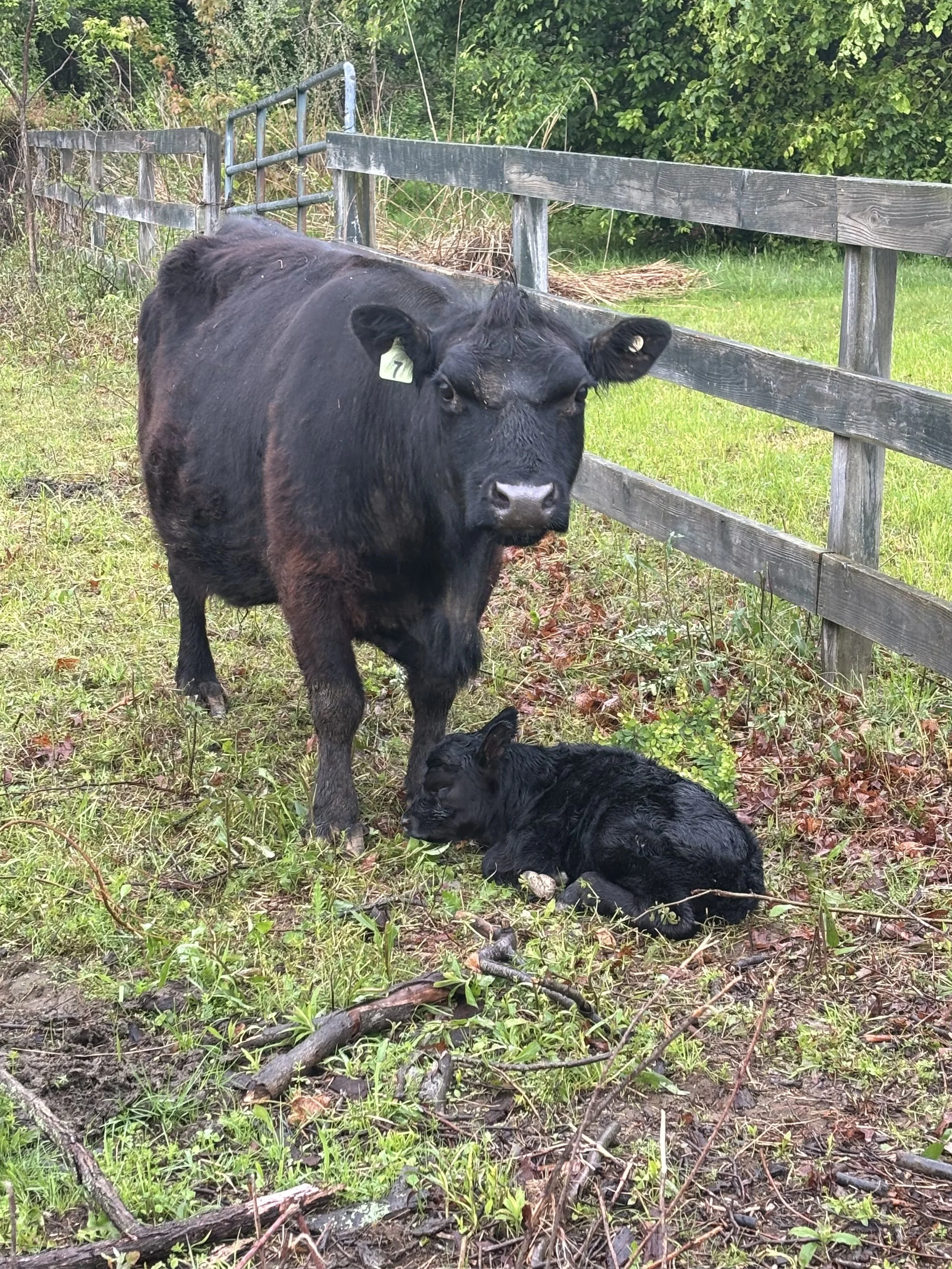Deep sandy loam and southeastern exposure on the flank of Sharon Mountain in the Northwest Corner of Connecticut. We grow hops, experimental fruit and raise Katahdin sheep and American Aberdeen cattle. We are committed to respect for our animals and our environment
Change is normal
We began growing hops in 2015 and have 10 years experience. We developed the production line acquired a Wolf Harvester, two oasts and a Lawson pellet mill and produce top quality hop pellets that are highly valued by local brewers and kombucha makers. We set out to grow hops with care for our land in mind using best practices and Integrated Pest Management. Demand for hoppy beer fueled a steady rise in our production and sales but in the last couple of years brewers tell us that tastes have changed and quite a few of our customers have closed their doors. With a decline in demand for hops coupled with ‘intensive agriculture fatigue’ we decided to take advantage of change.
After soil tests in the hopyard showed a damaged soil with no fungi and too many bacteria, tired from all the synthetic chemical sprayed, we came up with a plan. We are working out how to use the flock of sheep to graze and browse the hopyard for weed control, soil improvement and animal health. This also helps us with the perennial farming problem - no one to do farm work. Because the market for hops has declined we decided that we would grow fewer varieties too. Chinook, Cascade, Teamaker and Santiam are all we will try with this new scheme. This has opened up about 5 acres of the irrigated field. We are developing an experimental orchard with a local horticulturist to grow Cornelian Cherries, Paw Paw, and Persimmon and hope to have a crop of cherries in 2-3 years.
Our strategy for diversification and land improvement includes a rotational grazing program using American Aberdeen cattle. American Aberdeens are a breed of Angus selected to be smaller - about two thirds to three quarters the size of an Aberdeen Angus. They thrive on pasture and hay and are efficient grassfed beef producers. Their grazing has had noticeable impacts on our pastures already and the mixed effects of sheep and cows has thickened up grasses, allowed multiple forbs and clovers to push up, and the rich meadow ecosystem is supporting a beautiful and abundant community of birds, insects, animals and microorganisms.

#7 with her brand new calf
She had a premature calf last year that seemed to rally but then died 10 days after birth. She was bereft so she is very happy this spring









